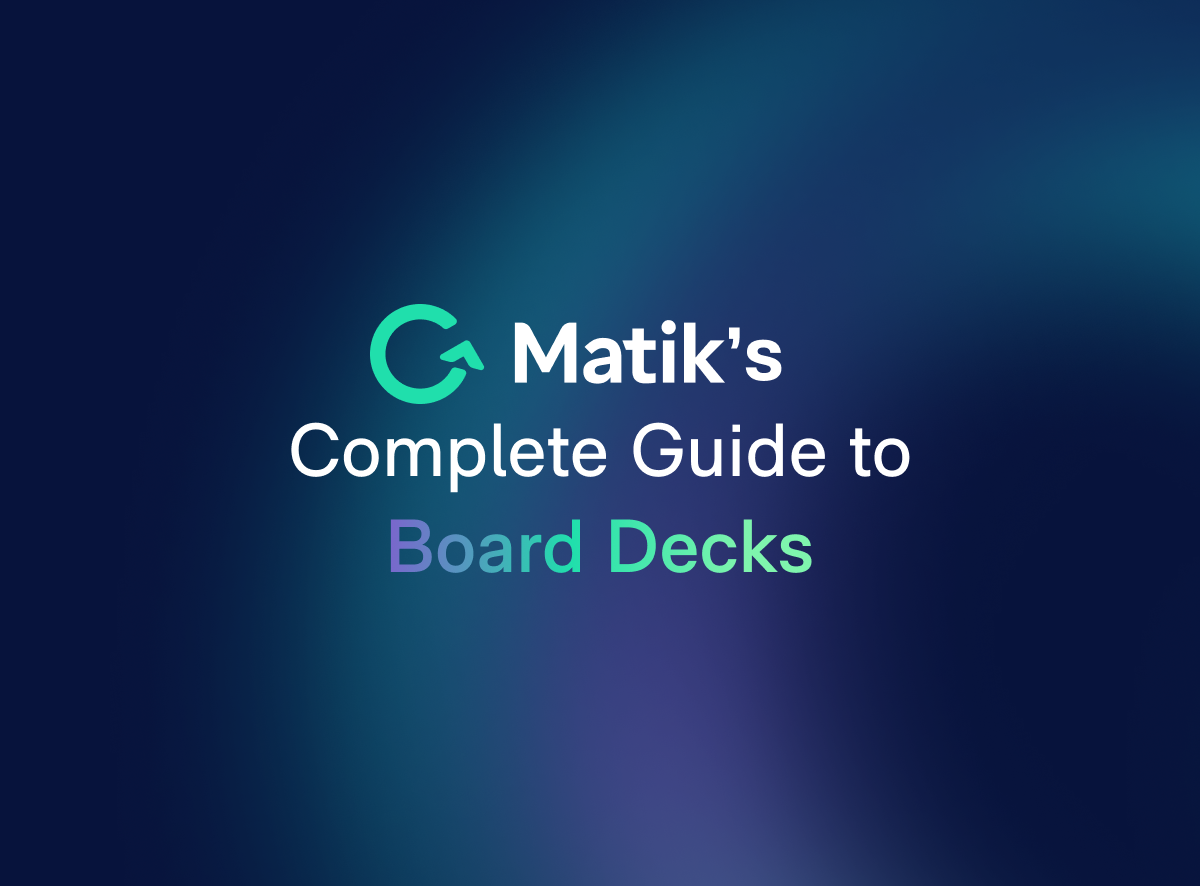Join Our Newsletter
Mastering customer renewal can be complicated, and there are dozens of factors that contribute to whether a customer will churn or stick around. To increase your chances of renewal, the path to renewal needs to start early, and every touchpoint with the customer needs to be personalized and data-driven in order to make an impact.
Just like there are some tactics and strategies to keep your customer around, there are some mistakes that are surefire ways to ruin renewal. Let’s dive into a few of the mistakes to avoid in order to increase your renewal rates and lessen the likelihood of churn.
Mistake #1: Expecting that your executive decision maker will use the product
Executive decision makers are key stakeholders that absolutely need to know the value of your product, but oftentimes, they’re not the ones using the product. CS teams often make the mistake of assuming the decision maker will be logging in on a regular basis. But let’s face it—unless your product is a CRM, your executive decision maker probably isn’t the one using the product. With this in mind, focusing on in-app moments of delight with decision makers may not be enough to land that renewal.
Mistake #2: Relying too heavily on in-app analytics
Kudos! You've built awesome in-app analytics. They quantify your impact and tie back to the value your decision maker/contract signer cares most about. However, if the exec doesn't use your tool, they might not even see those analytics.
Even if your in-app analytics are awesome, they're useless if they're not seen by the one person who needs to see them. To avoid this, present key data points as often as you can, regardless of whether they’re available in the app. This will reinforce product value, remind the decision maker why your product is essential, and strengthen your case for renewal.
Mistake #3: Providing data without recommendations
A CSM surfacing data without recommendations is like a doctor giving a diagnosis without a prescription. All too often, QBRs and CSM touch points are simply data dumps, or diagnosis without prescription. Without a library of recommendations mapped to key customer insights, CSMs are often left to their own devices to decide what to do on their own, and this may not turn out as favorably as they’d like.
With this in mind, every QBR or data-driven presentation should include recommendations for how a customer can improve adoption or see better results with the product. This will not only improve the customer’s success with your product, but it will also build trust and position you as a trusted advisor.
Mistake #4: Only engaging your customers on a quarterly basis (or even worse – an annual basis)
Quarterly and annual business reviews are like checkups at a doctor's office. They're helpful, but they won't catch everything that crops up in the months in between appointments. In an ideal world, you’re staying on top of any changes in your customer's health data in between touchpoints. You're proactively engaging them with opportunities to take preventative action, rather than remedial action.
There's no need to wait around for business review time to share important data with your customers. Share one-pagers, monthly updates, and other resources to meet customers where they are without bogging them down. The more frequent and insightful your touchpoints, the better your chances for renewal.
Mistake #5: Failing to provide meaningful insights throughout the customer journey
The customer journey, from pre-sales through expansion, provides a multitude of opportunities to engage your customer with meaningful insights and data. Yet all too often, our engagement is an annual affair. Seize on every one of these moments and that renewal will become a no-brainer, versus a conversation that your CSM is likely dreading.
By the way, this is what Matik, Inc. was purpose-built for—helping CSMs streamline renewals without the hassle. Check out our Essential QBR Template here.
---
Interested in Matik? Request a Demo














